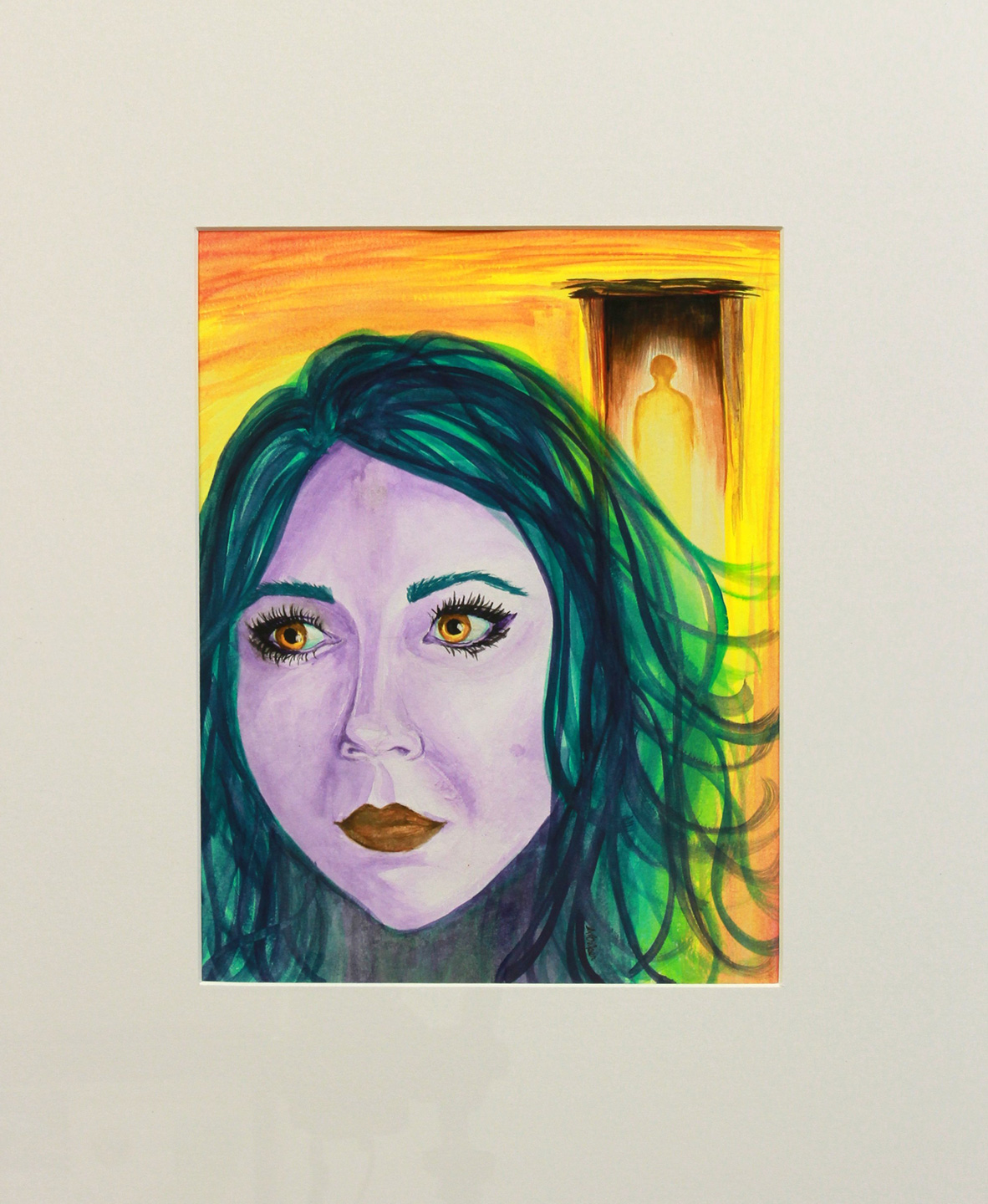Guest Post by Chantal Allen-Jarrell, MPH
Living with a mental illness can leave individuals and families feeling alone, sad, and disconnected. In Sacramento County, it is estimated that over 300,000 residents are living with a mental illness. Roughly, one in five adults will have a diagnosable mental disorder during their lifetime and nearly one out of five children will experience emotional or behavioral difficulties.
Journey of Hope: Real Life Stories of Living with Mental Health Challenges Portrayed Through Art pairs local writers with artists who illustrate their personal stories of struggle, hope and recovery with mental illness. The exhibition is part of the “Mental Illness: It’s not always what you think” project, which aims to reduce stigma and discrimination, promote mental health and wellness, and inspire hope for people and families living with mental illness in Sacramento.
Established in 2012, the project reaches into to diverse Sacramento Countycommunities and reminds family members, friends, and individuals of all ages that they are not alone, and that with education and support, it’s possible to lead a fulfilling life with a mental health condition. Through the two- and three-dimensional works of art, visitors can learn about the experiences of people living with mental illness and find hope in the depictions of these real-life stories.

Lorna Baker, Albatross, 2019. Acrylic on wood.
“This [exhibition] is about more than raising awareness — it’s about cultivating a new level of understanding,” says Journey of Hope artist Kaino Hopper. “This show's connection to lived experience requires me to go beyond myself, into someone else's world, and then add a bit of myself into the story as I interpret it from the newly discovered depths of being one with the story.”
The exhibition features a variety of mediums, styles and forms, each portraying a different writer’s unique experience living with mental illness. It offers hope and understanding to visitors and contributes to the Project’s mission to reduce discrimination and stigma around mental illness in the community.
The stories presented by writers like Michael Winsor and others help start a conversation about mental illness, and by doing so, they educate the broader community about this important topic and help to reduce stigma by creating a safe space to talk about mental illness and wellness.

Amanda Baker, Humanity Ahead, 2019. Watercolor.
“My story is about the challenges I have faced with mental health. I chose to use the ocean as a metaphor for my experience,” said writer Michael Winsor. “As my journey continues, the storms have become less intense, and less frequent. I am learning to ride the waves.”
The “Mental Illness: It’s not always what you think” project is funded by Sacramento County Division of Behavioral Health Services through the voter approved Proposition 63, Mental Health Services Act (MHSA). For more information, visit www.stopstigmasacramento.org, or follow the project on Facebook and Twitter.
Residents can also call 2-1-1 Sacramento (2-1-1) for free, confidential information and local referral services; residents who are hearing impaired can call 7-1-1 to connect to 2-1-1. Specialists are available 24 hours a day, seven days a week, and interpreters are available.
Journey of Hope closes January 05, 2020. Interested in spreading the word? Use this flyer to promote the exhibition. For additional information contact Brenda Bongiorno at 916-874-7798 or bongiornob@saccounty.net.
Chantal Allen-Jarrell, MPH is a Health Educator with Sacramento County Public Health. She is a Coordinator for Journey of Hope and the Stop Stigma Sacramento Speakers Bureau with the “Mental Illness: It’s not always what you think” project. To learn more about the project follow Stop Stigma Sacrarmento on Facebook and Twitter or visit their website, StopStigmaSacramento.org.
Top Image: Michelle Lueth, Embracing the Wounded Healer, 2019.


